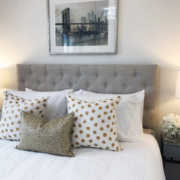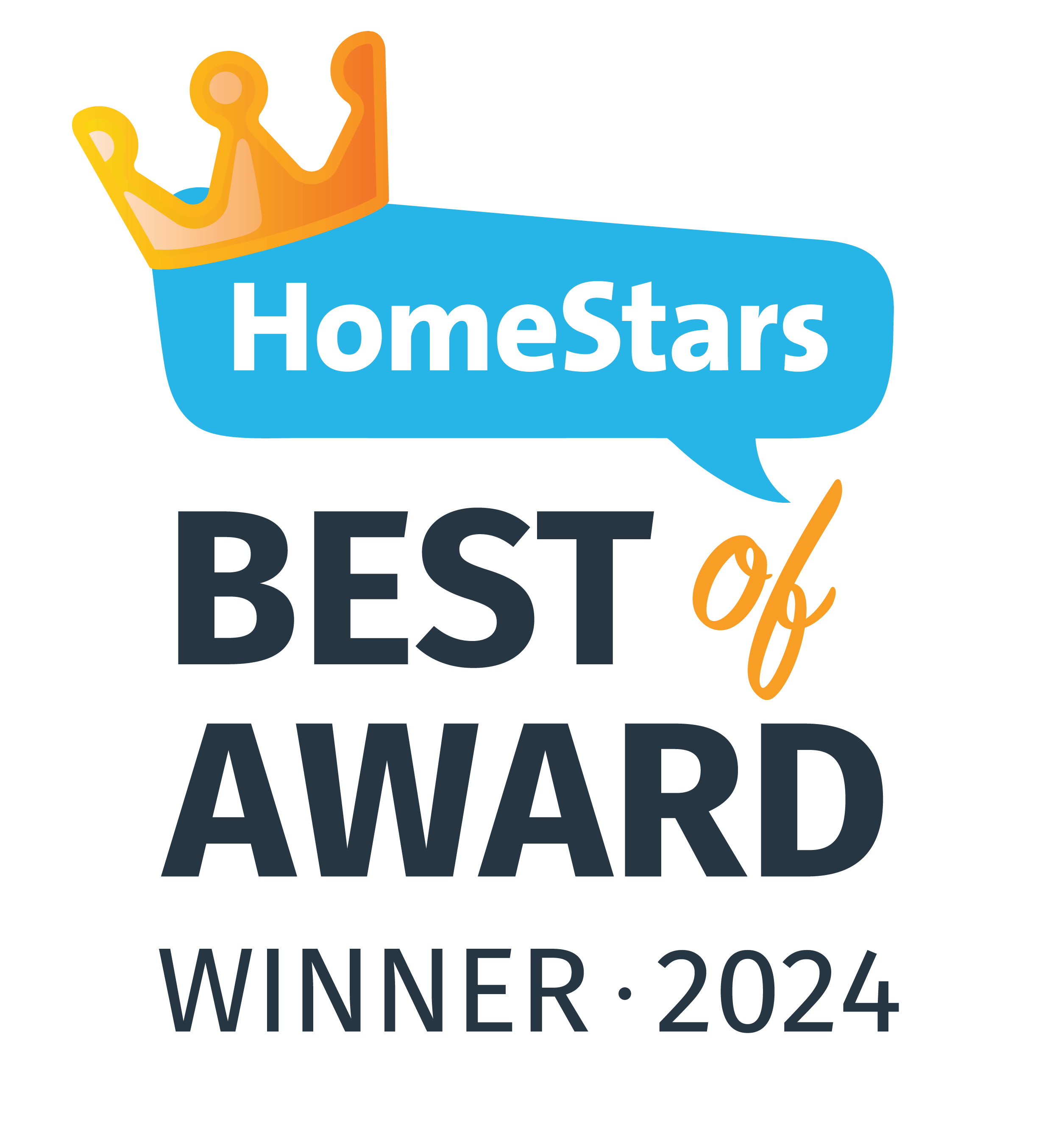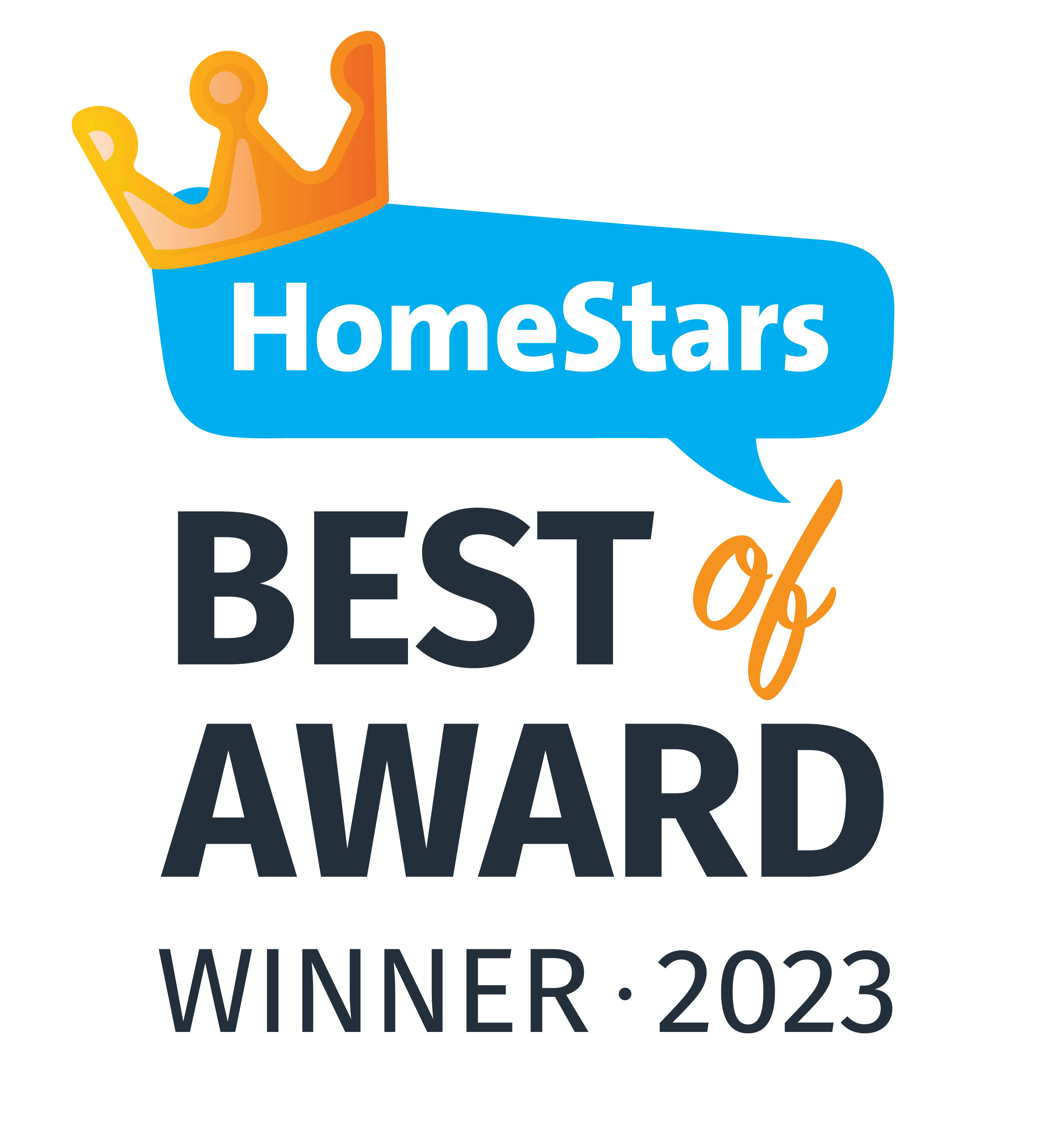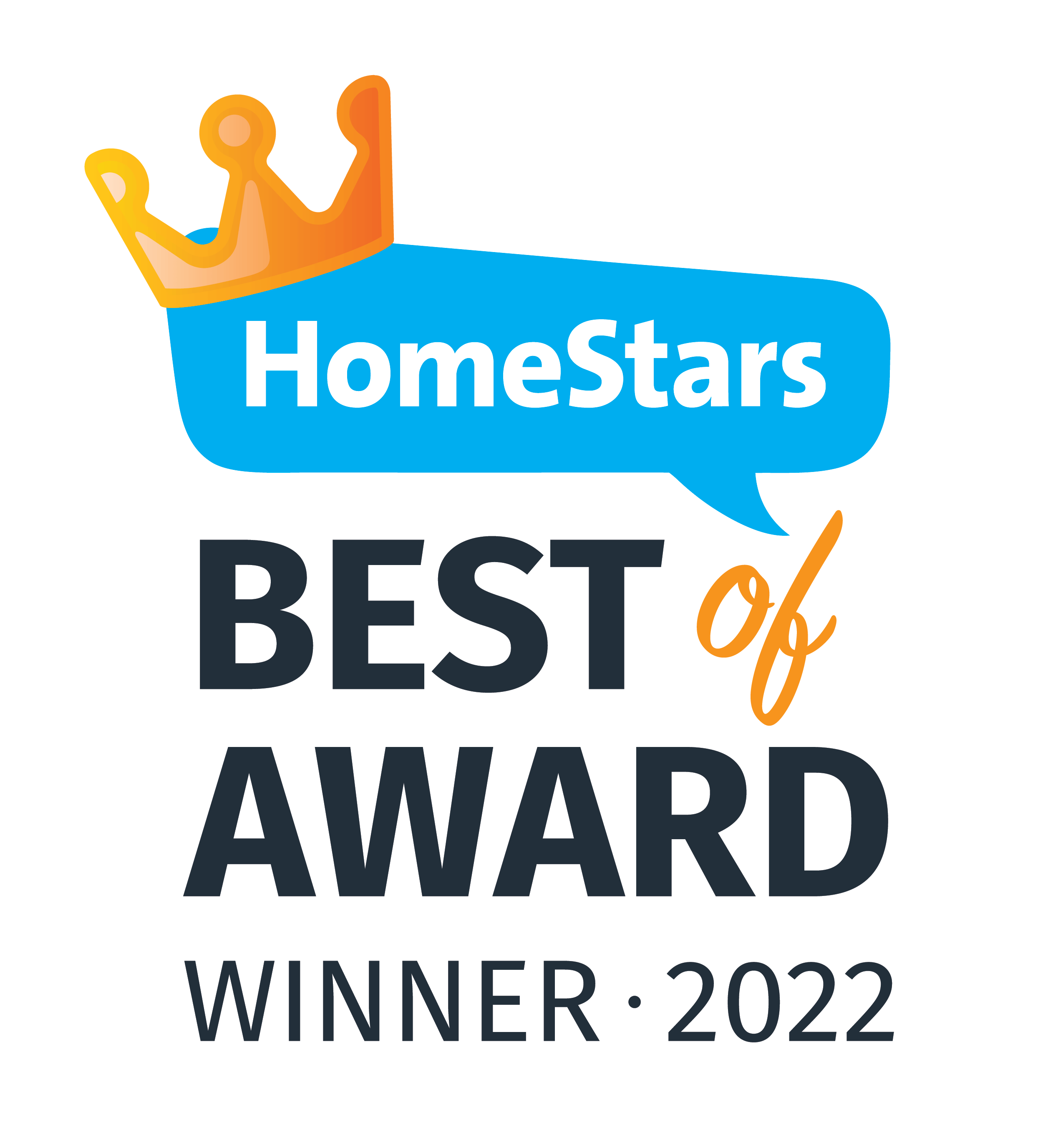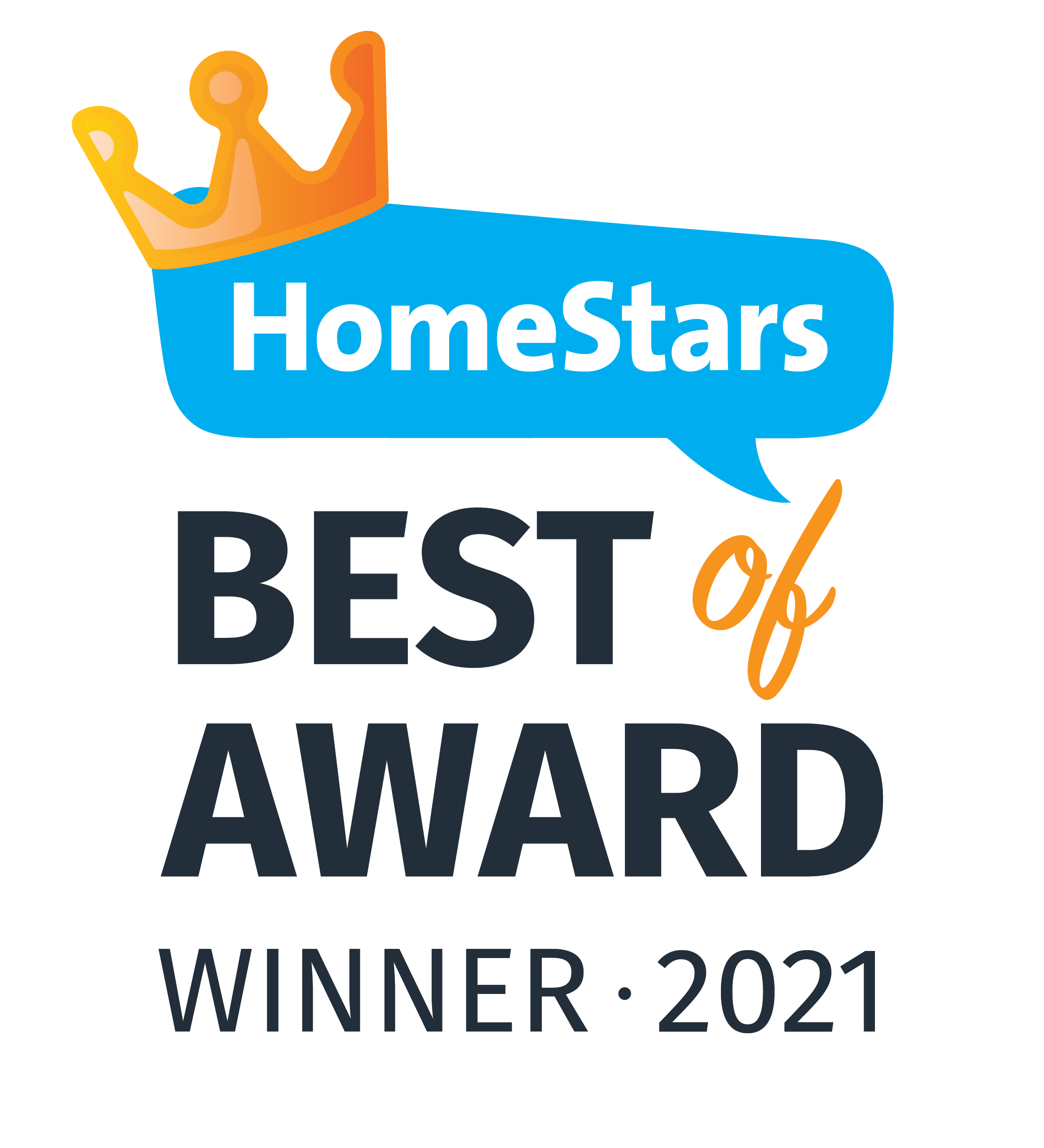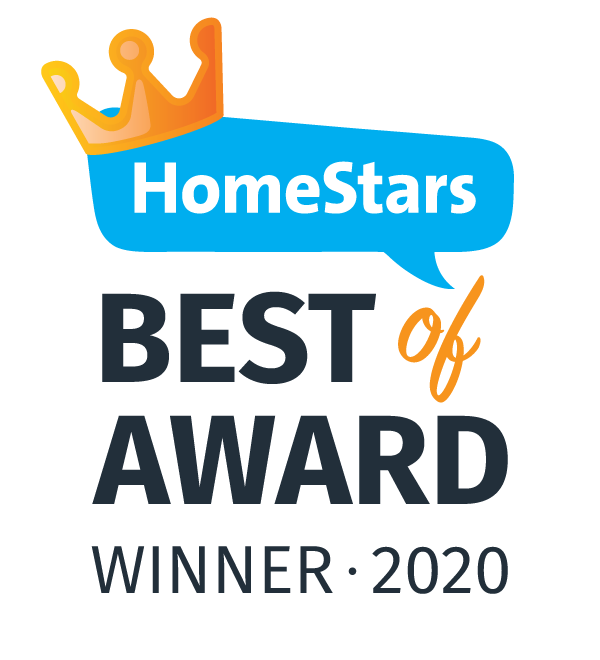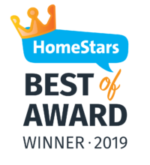Declutter & Organize to Feel Calmer When Uncertainty Strikes
With so much uncertainty, fear and change happening all around us due to COVID-19, it’s easy to start feeling anxious, restless, and unproductive. Collectively, around the world, people are managing this challenging situation in different ways.
Here in Toronto, it’s the start of the March Break. What is normally a week off of school is now 3 weeks, due to COVID-19 concerns. Families often travel, kids go to camp or visit community centres, libraries, and cultural hubs. None of those options are available during this time.
Of course, we all agree that health comes first in our communities and we do what we can to help. The natural next question becomes, “What is the best way to manage this COVID-19 situation for myself and those around me?”
Followed by, “How can I be productive and make the most of this extended time at home?”
In addition to helpful ideas such as taking care of your body, staying active, gathering supplies, connecting with others, and avoiding media overload, there is one idea that resonates with us personally and professionally – DECLUTTER!
Now is a great time to conquer the cluttered areas in your home that have been on your to-do list!
Whatever form it takes – decluttering, tidying up, sorting, organizing – taking action that leads to immediate results will likely make you feel calmer, happier, and more in control of managing this unfamiliar situation.
10 Practical Ideas to Declutter & Organize Your Home:
- Sort through a pile of mail or paper. Look for paper in places it shouldn’t be (kitchen counter, dining room table, etc.) and quickly tackle that first. File, shred and recycle as needed.
- Front hall closet. Sort by season, keeping current items in baskets accessible and less used items in the back. Store off-season items elsewhere if too cluttered.
- Sort all items into categories (i.e. all spices in one place!) and remove anything that is old, expired, or unlikely to get used.
- Food storage containers. Stackable containers are best as they take up less space. For others, match bottoms with lid tops and recycle the loner misfits! Use a box or bin to contain them all.
- Linen closet clean-out. Decide what you use, check condition and sort by size. Donate any old and unused sets. Sort/organize other closet items in labelled containers.
- Bedroom closet. A wardrobe cleanse feels so good! Bring all items out and sort by type and then KonMari each piece (Does it bring you joy? Does it make you feel good, now?!) Donate/fix/discard clothes that are too old, out of style, damaged, or unflattering.
- Kids toys. Kids toys have a way of multiplying quickly! Find places to contain them and ask your kids to put things in the box/drawer/closet.
- Sitting down to a clean workspace feels great! Organize essential items that need to be on your desk and use drawers, shelves, bins or boxes to organize the rest.
- Digital files. Starting with your desktop files, file, scan or delete files. Create folders for key tasks and consider creating an action folder for only key items.
- Clean out your vehicle.Time to clear out all the things that don’t belong – papers, extra sunglasses, receipts, water bottles, food packaging, coins, etc. Don’t forget the trunk!
Bonus Idea: Use Number-Based Challenges to Conquer Your Clutter
For example, take 30 minutes to gather up as many items you no longer need/use/like as you can. Or challenge your family to find a certain number of items that are no longer needed (100 is good!), or try the 20-20 challenge. This is where you decide on 20 items to put away and 20 items to give away. You can always adjust the numbers; the idea is to add some fun and challenge to decluttering!
Let’s Connect
As we all know, life can get so busy, so perhaps the COVID-19 situation enables us to get things done we normally don’t get done. As professional organizers, we know firsthand how a more organized home leads to better overall health and wellbeing so let’s make the most of our time at home during this challenging situation. Reach out to us if you have any questions, we’re always happy to help!
~ The Simply Home Downsizing Team


